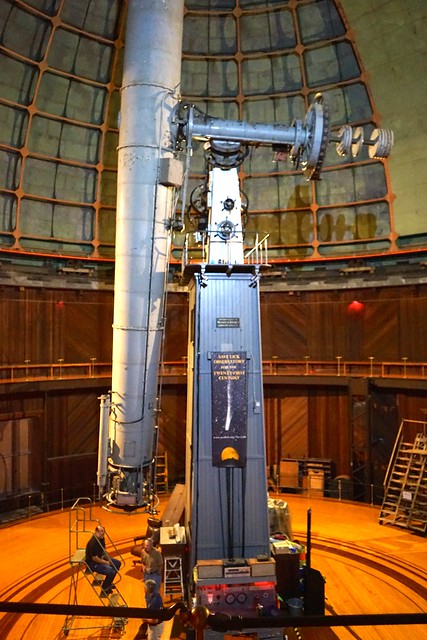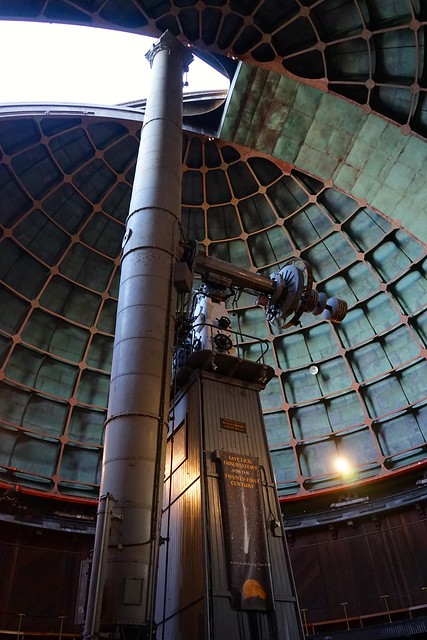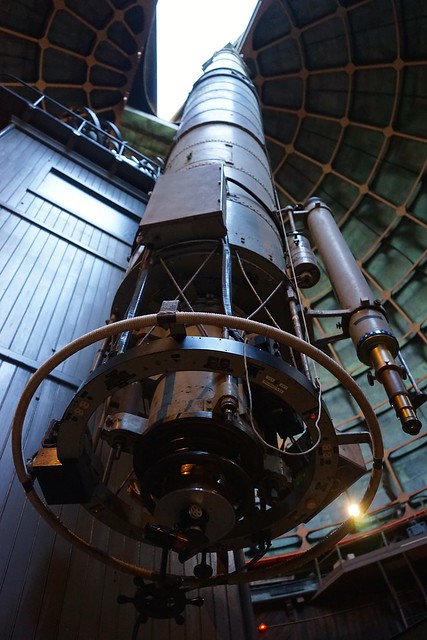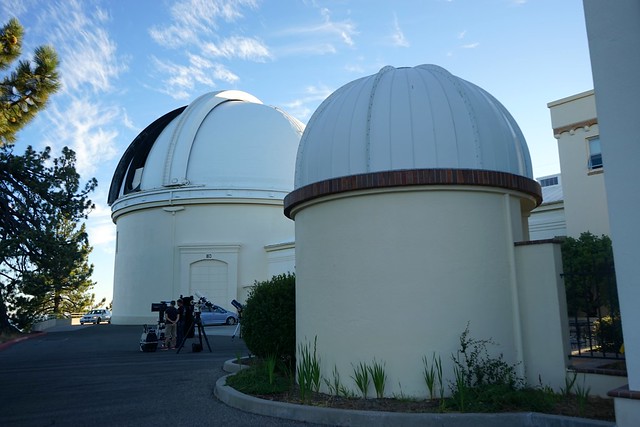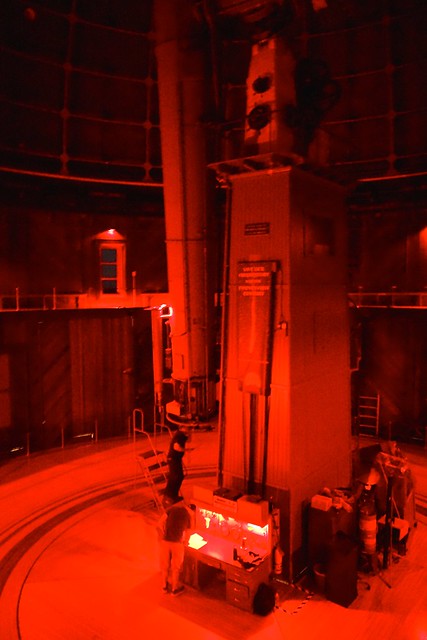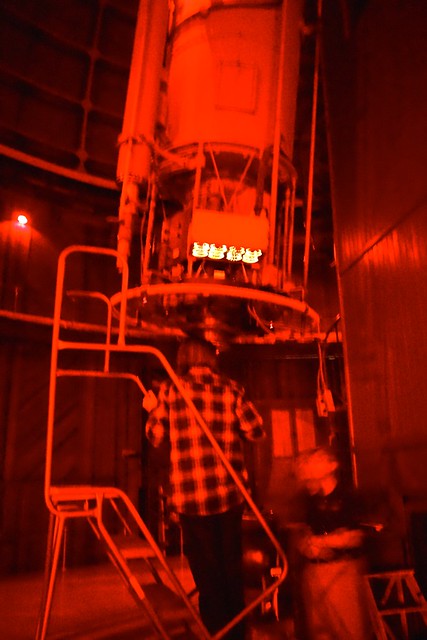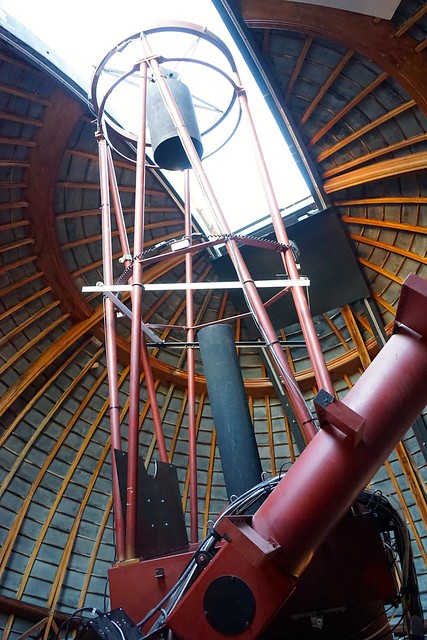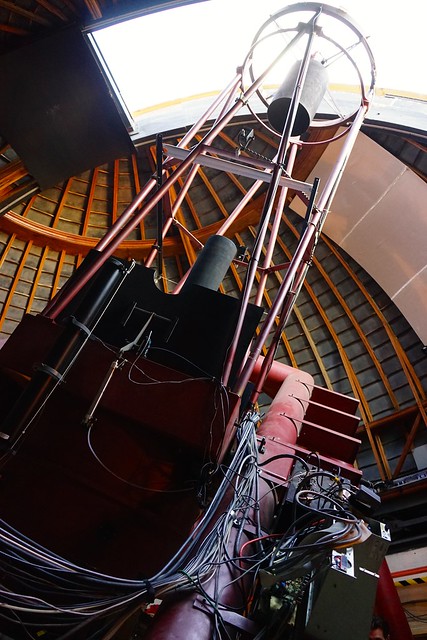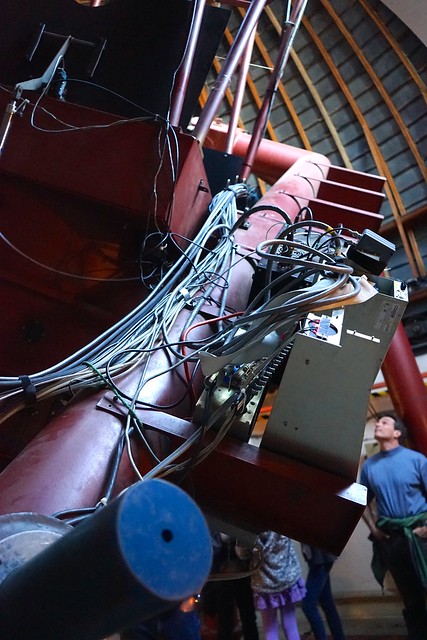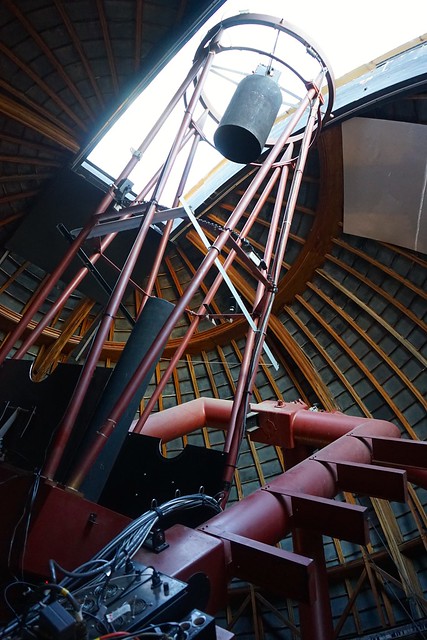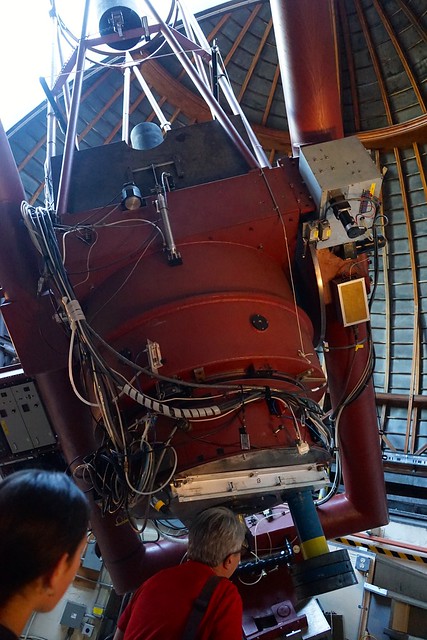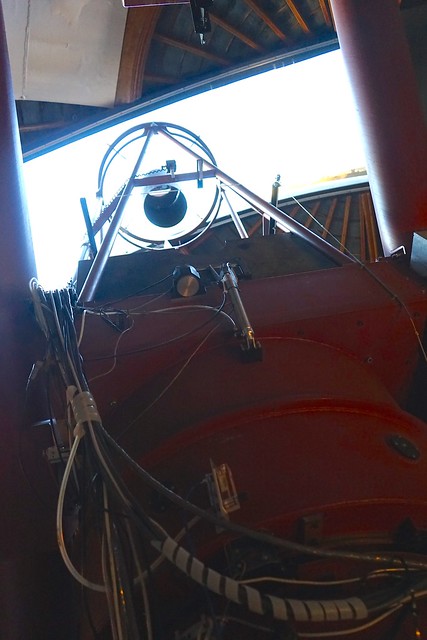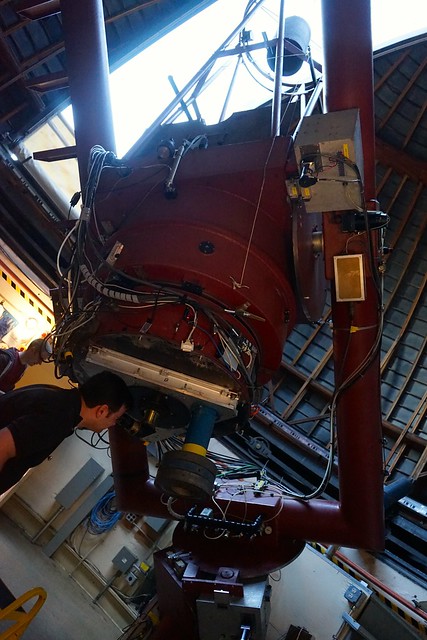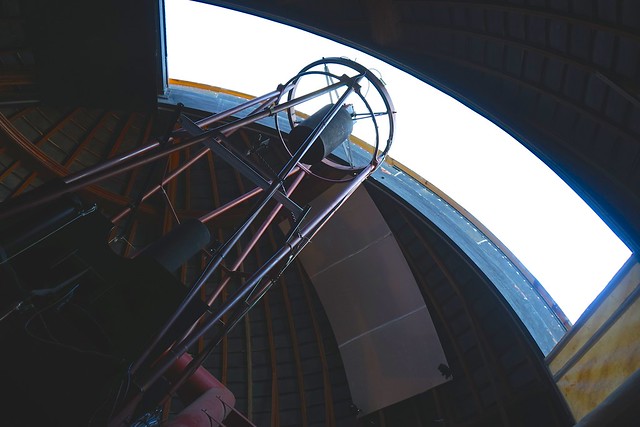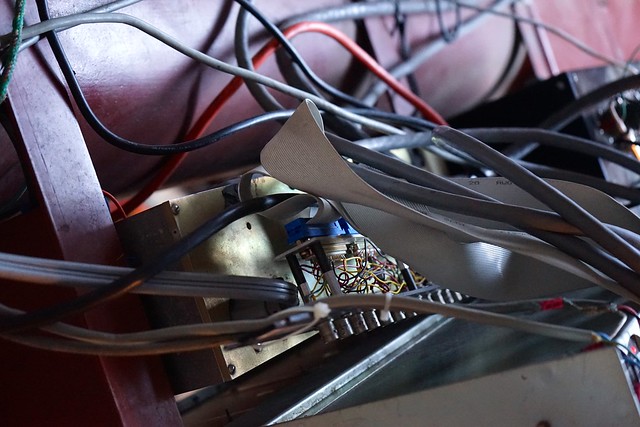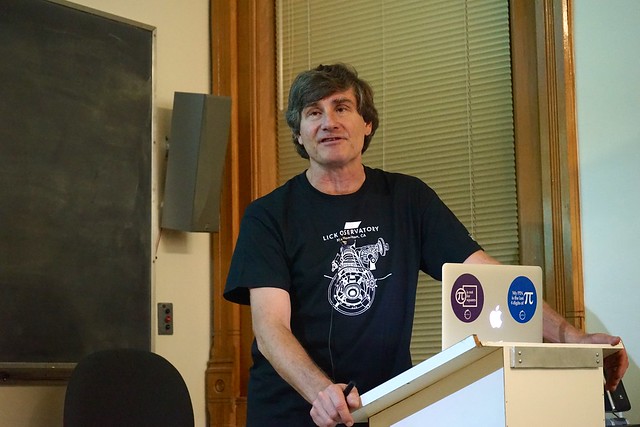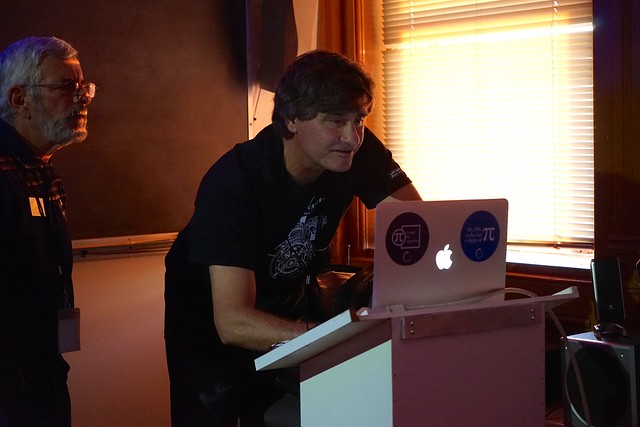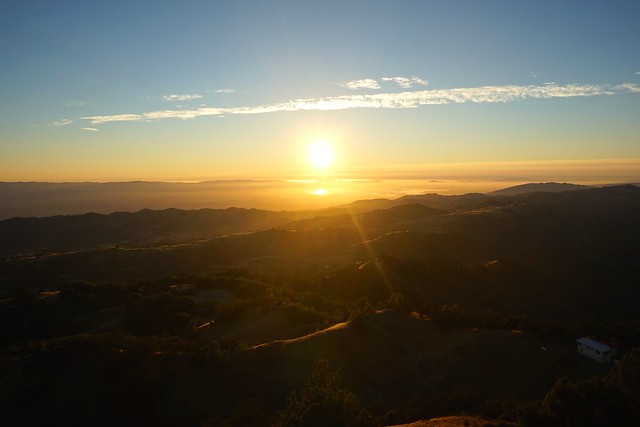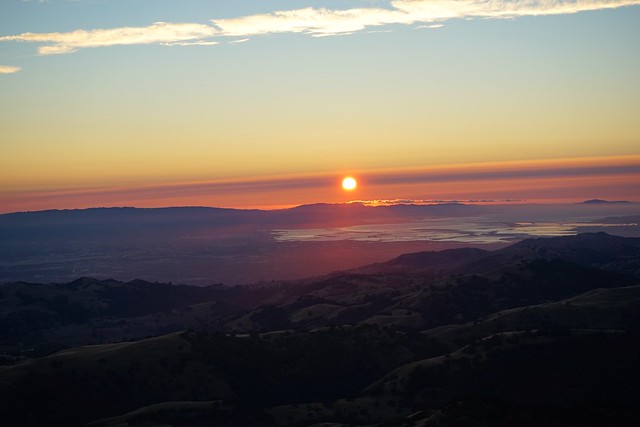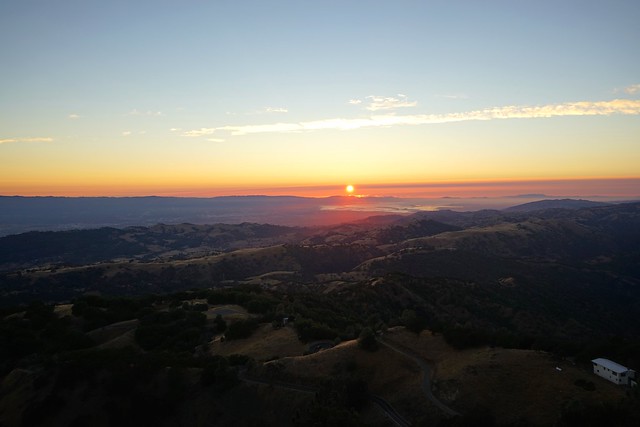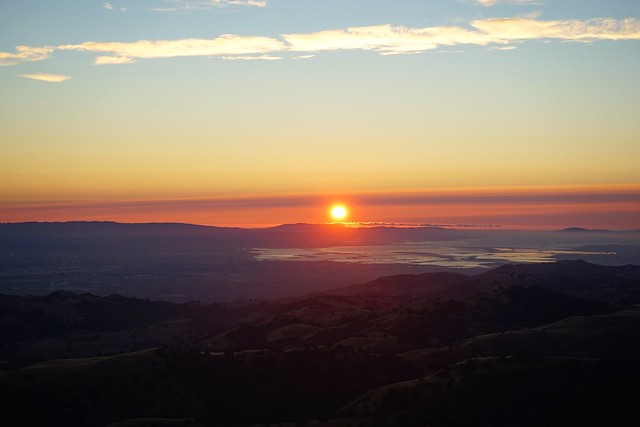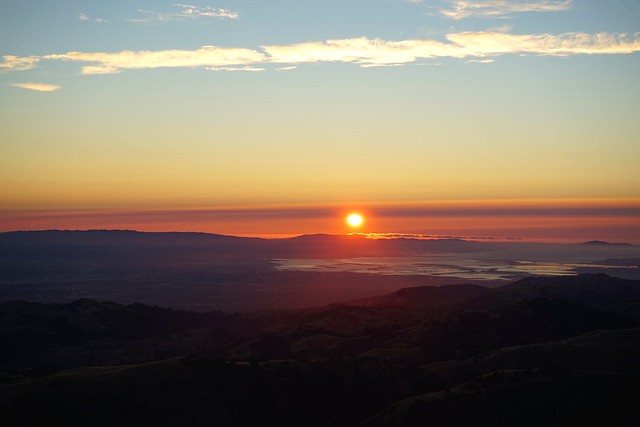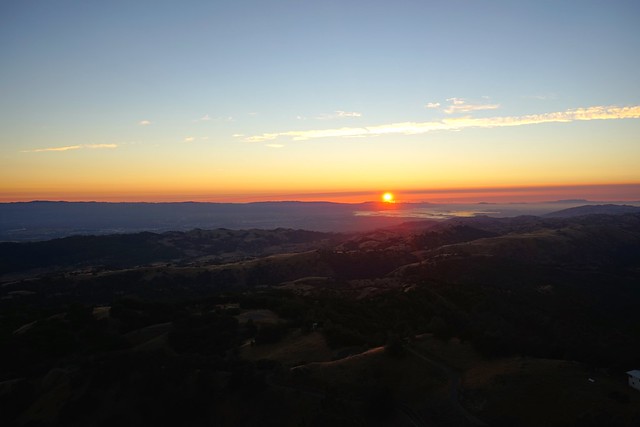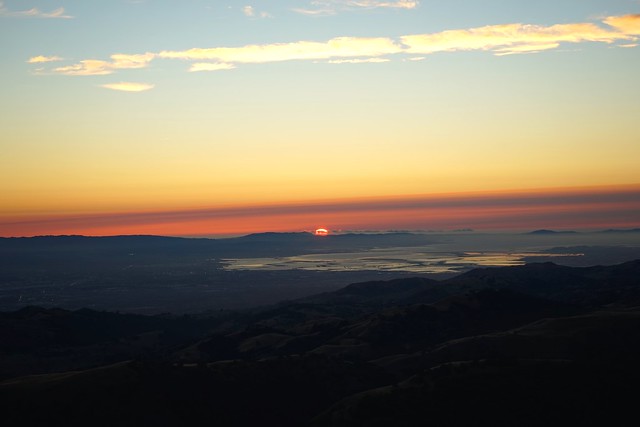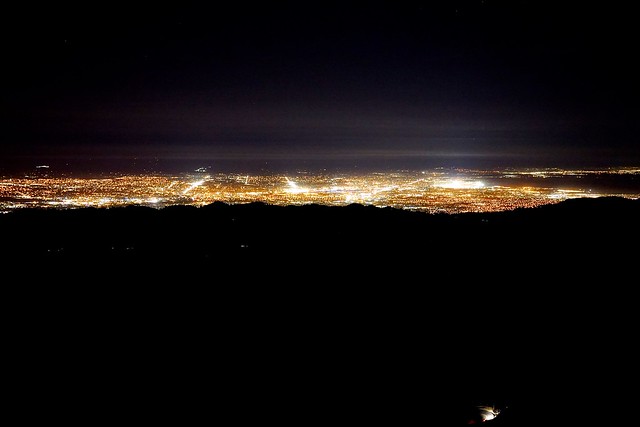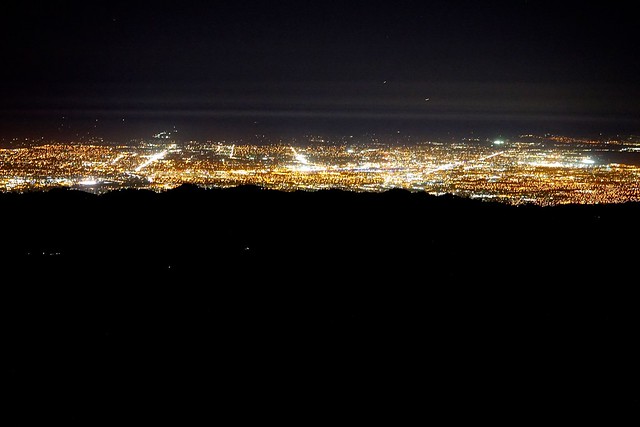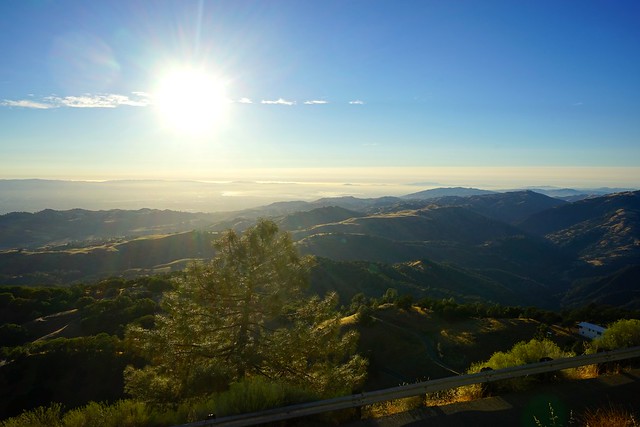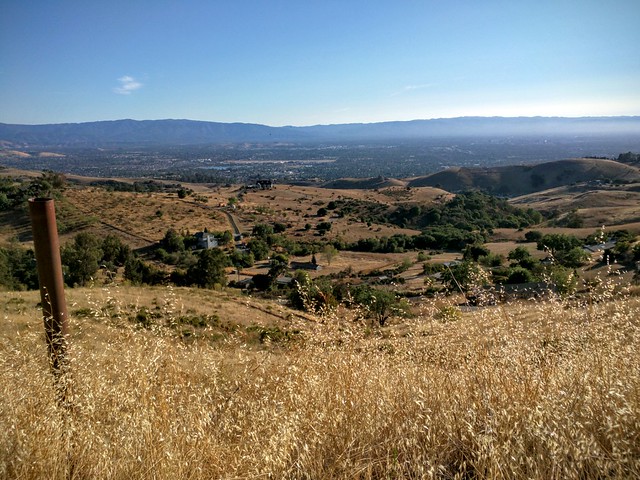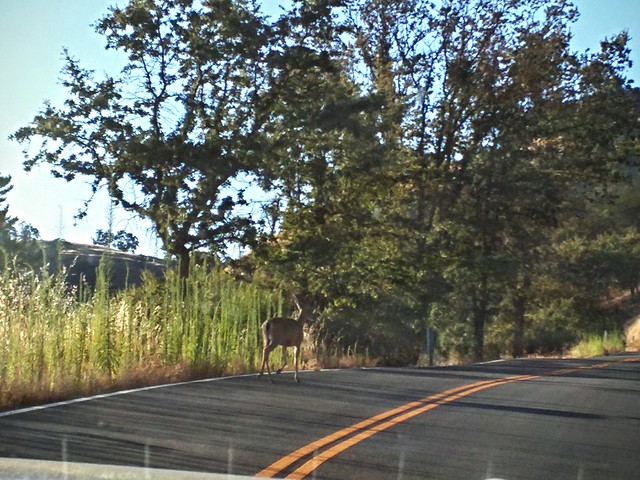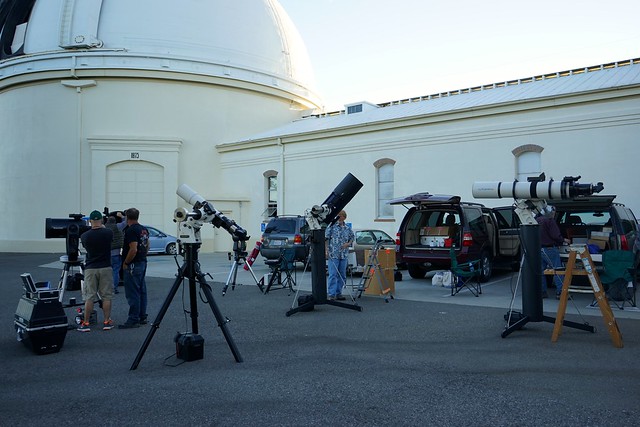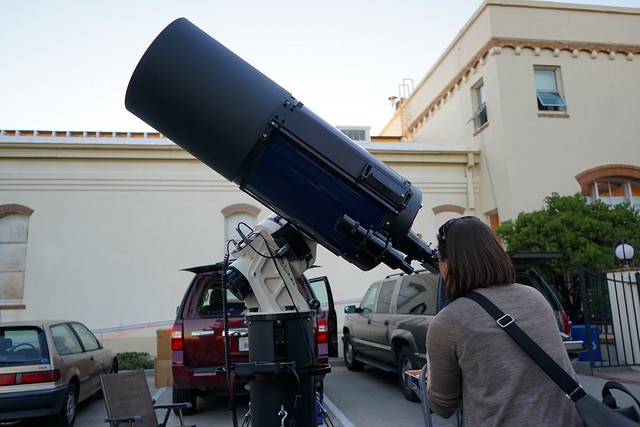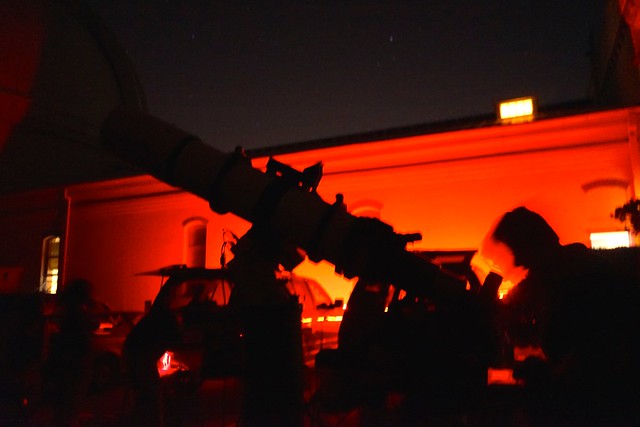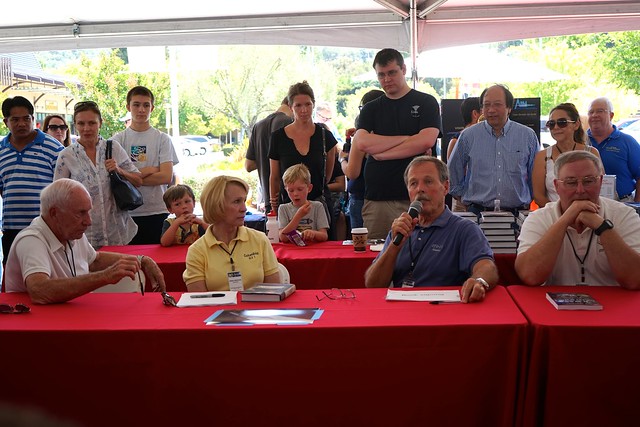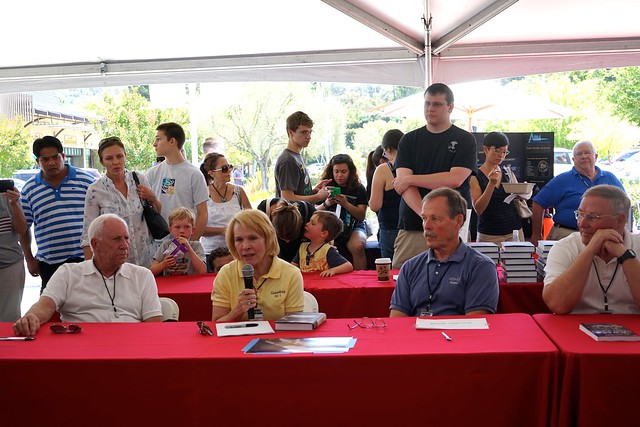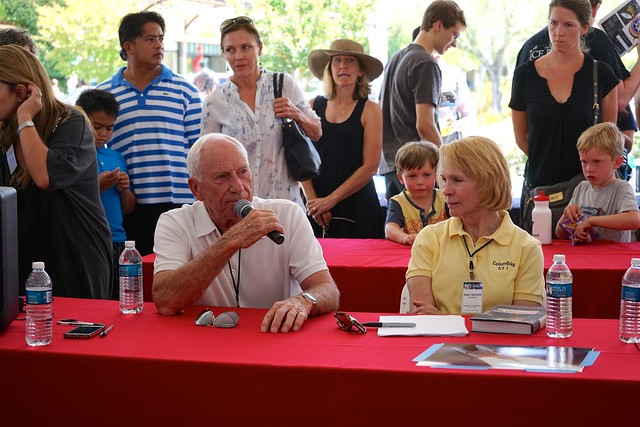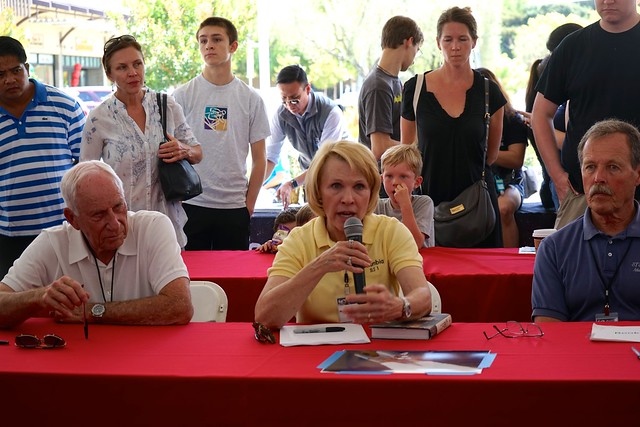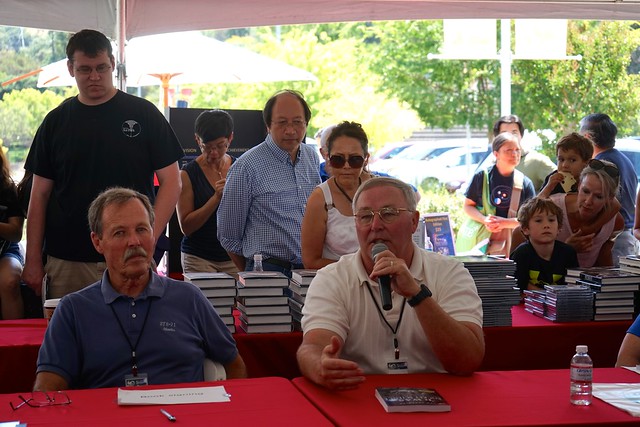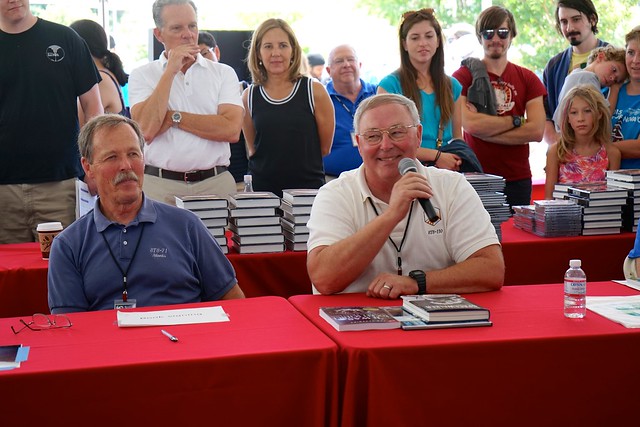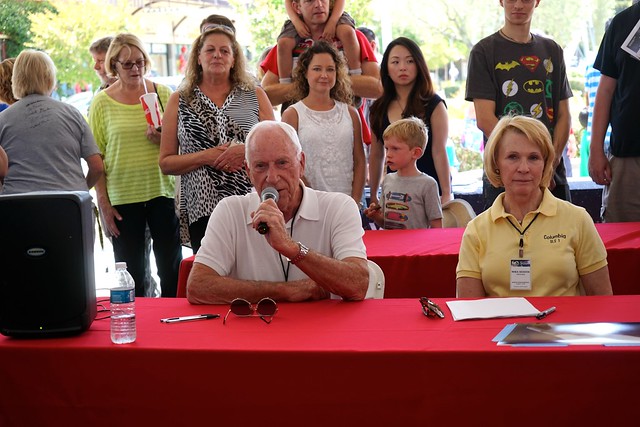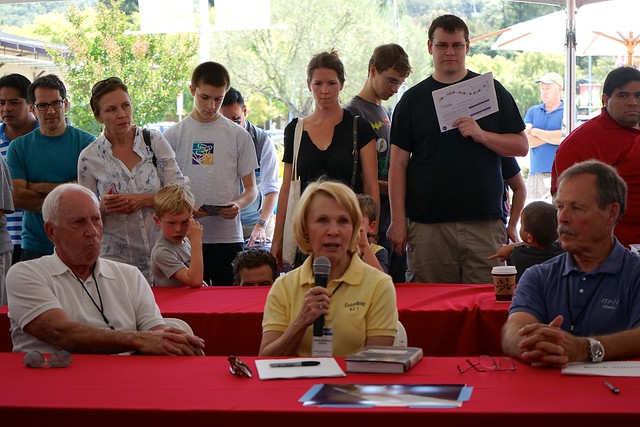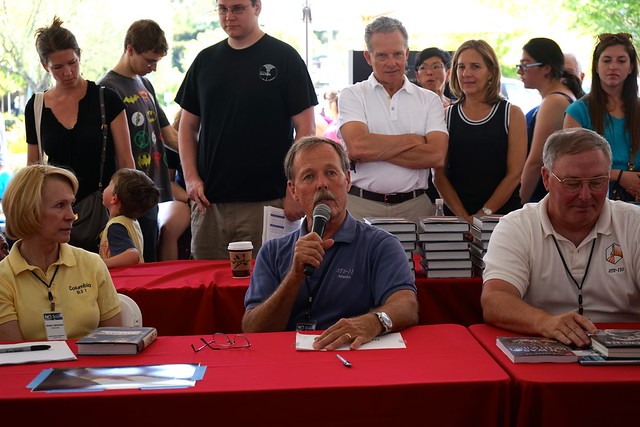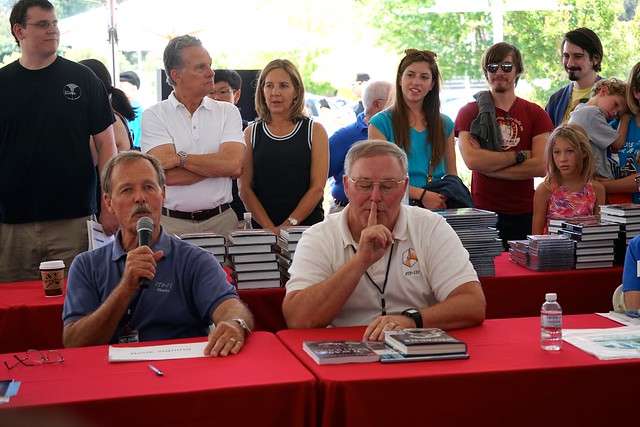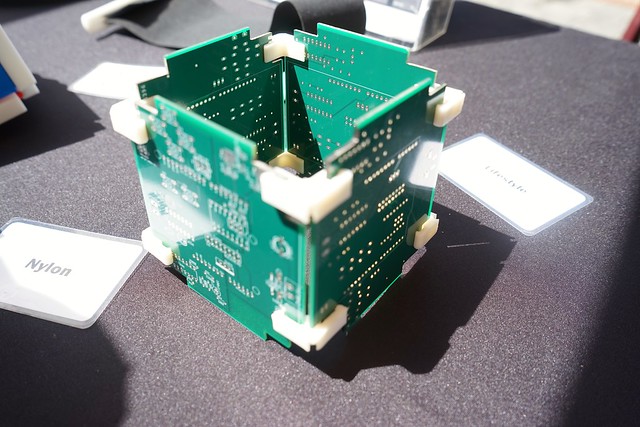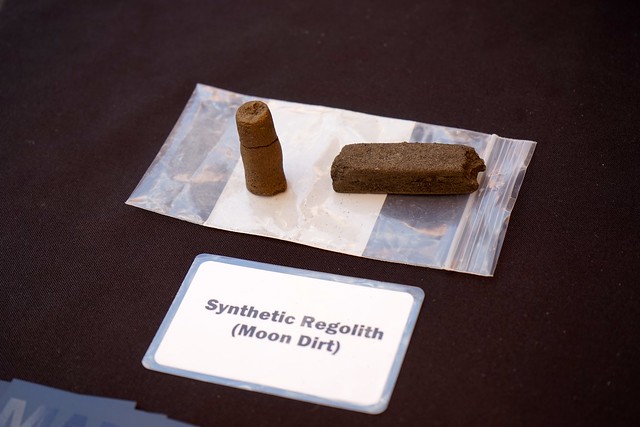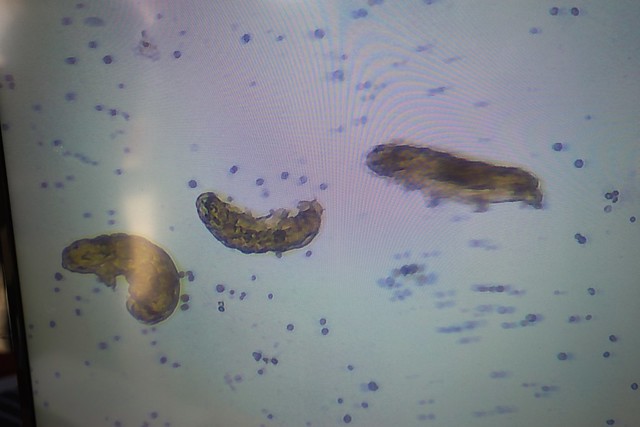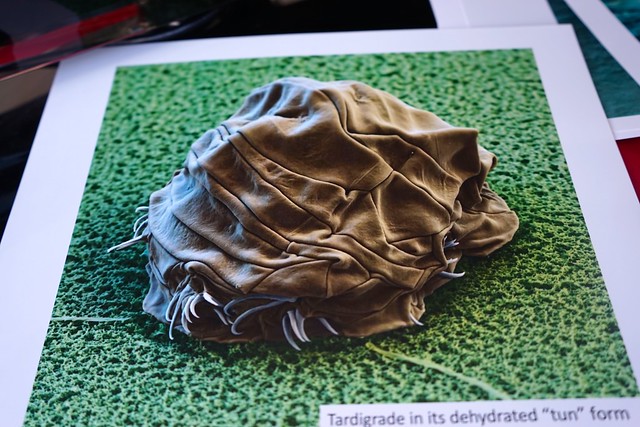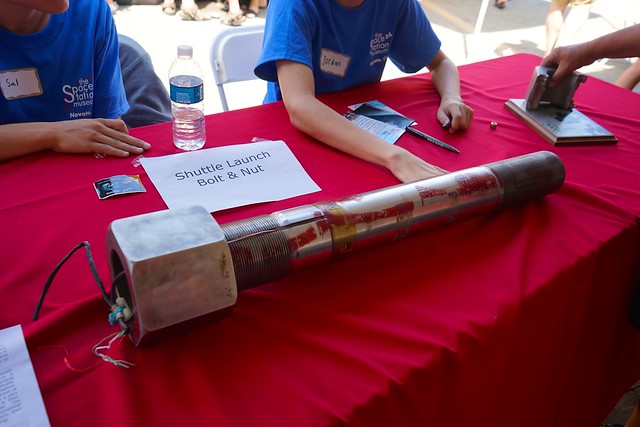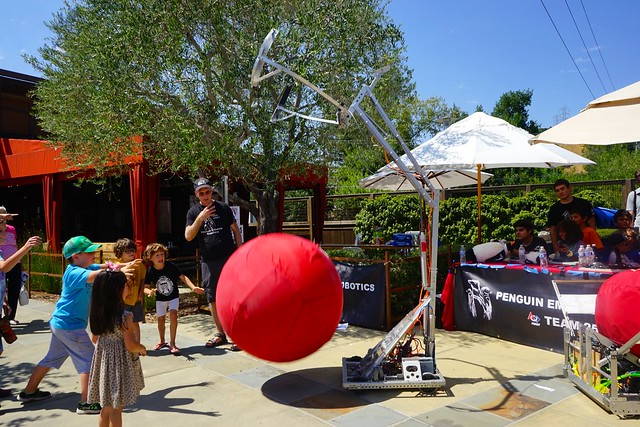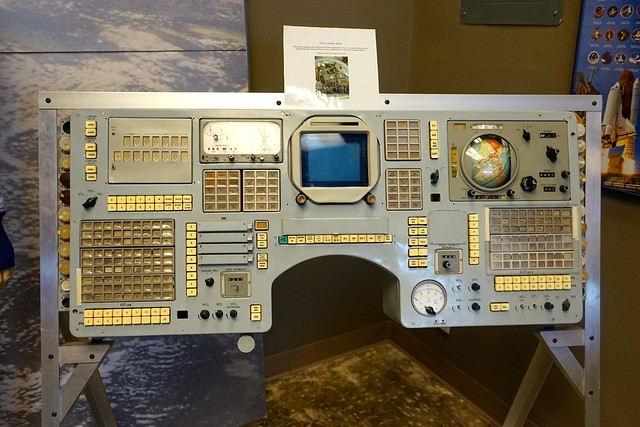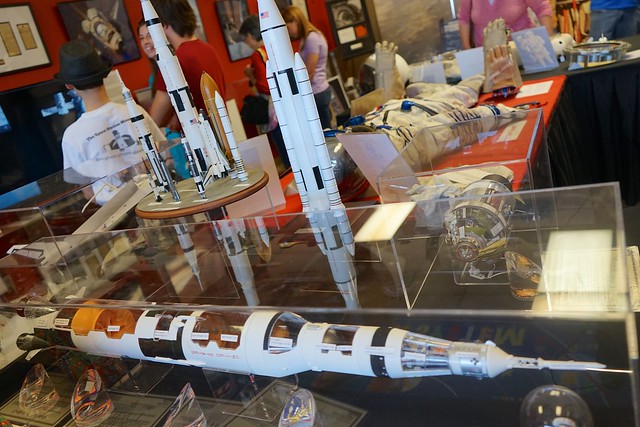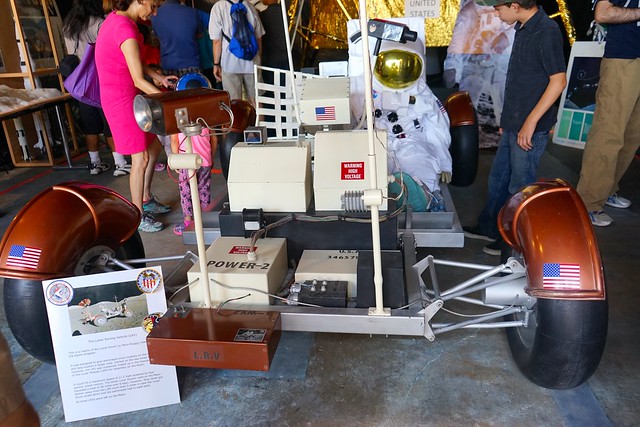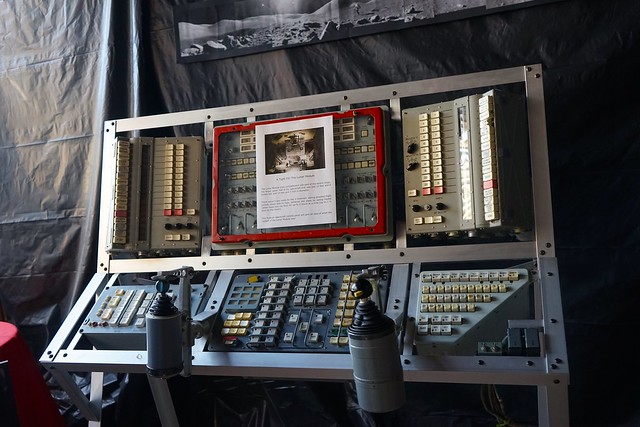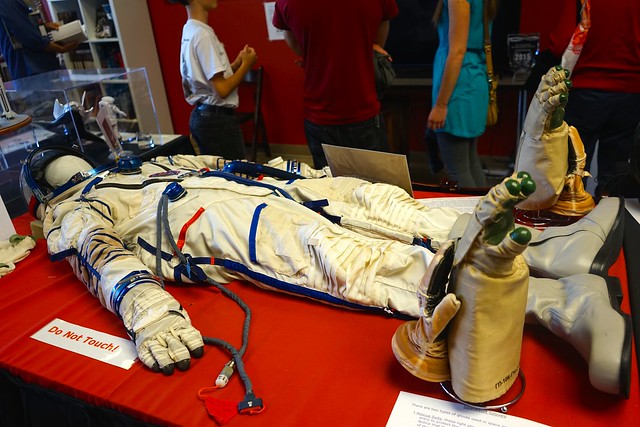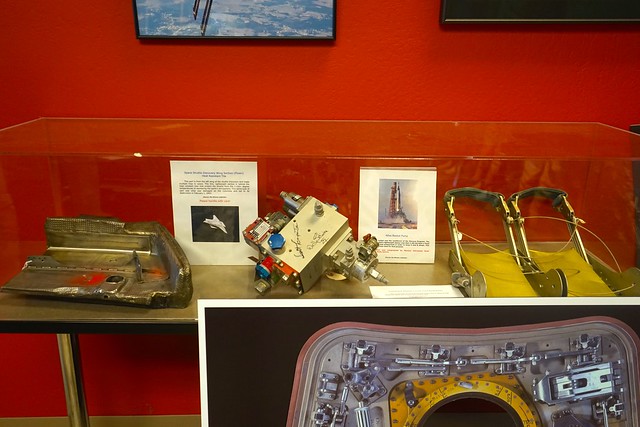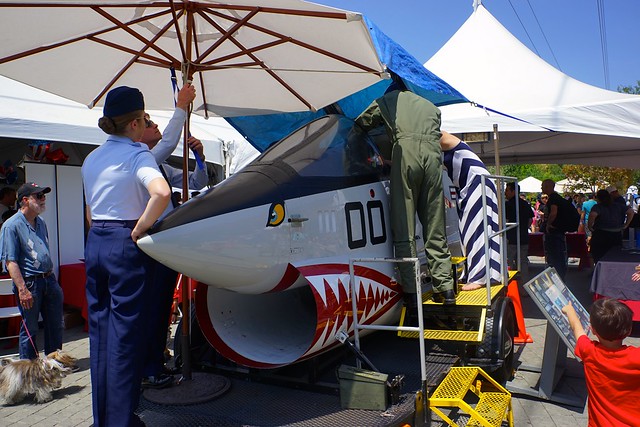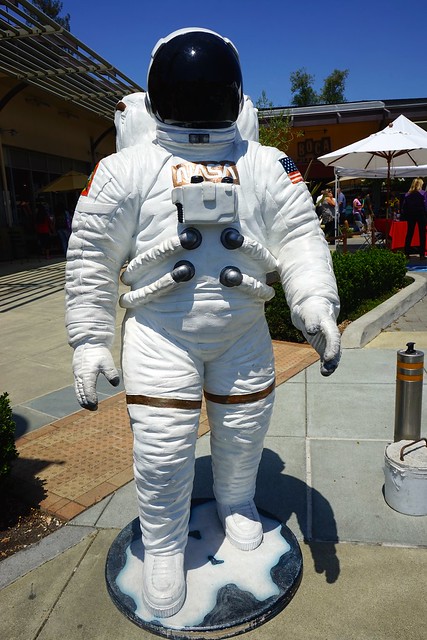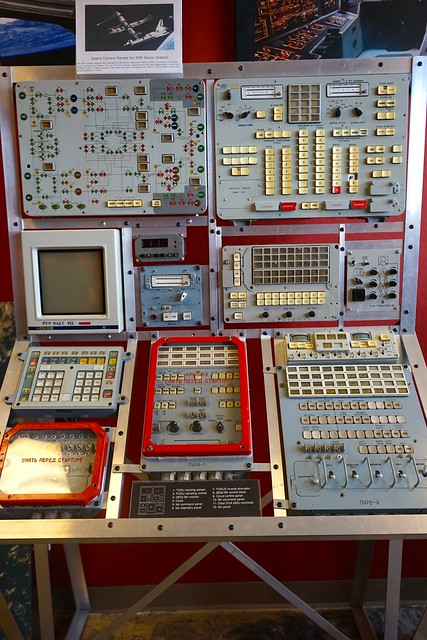I had a chance to get an EddyStone / Physical Web beacon and play with it.
This is my beacon. Fumi Beacon :)

It's one of the devices from the Physical Web project.
The Physical Web project is an experimental project started at Google but an open project for all. They are planning to enable people to walk up to any smart device - a vending machine, a poster, a toy, a bus stop, a rental car - and not have to download each and every application, but interact with them with just a tap.
The project is open sourced and up on GitHub: https://github.com/google/physical-web
EddyStone (open beacon format from Google) is also on GitHub: https://github.com/google/eddystone
So, how do we actually use it?
Let's start with the simplest thing. Fumi beacon will direct people to Fumi's blog (here!)
It's super easy.
Step1: Download the Physical Web app from Google Play Store
Step2: Open the app on your Android phone, select "edit URLs"
Step3: Put the beacon under your phone and push the button (there's only 1 button)
Step4: In the text box, enter URL you want to direct the beacon to
And you're done! Fumi's Beacon directs everyone who interacts with my beacon here :)
Honestly, I didn't think it's so easy!
Then, you can of course have some more fun with it.
For example, in this video the toy that has beacon in it broadcasts a URL to a webpage that contains JavaScript to directly connect to the toy via Bluetooth. You can change the LED color, sound, etc. The toy is a standalone device that can be played with by youngsters, while the webpage interaction lets the parent easily configure and personalize the toy.
I saw demos of beacon + parking meter and payment, beacon at restaurant use case (instead of the hardware that you take when you are waiting for the queue at the restaurant, your Android phone will be a replacement), etc.
If you are interested, here is the Physical Web Cookbook :)
Oh, and for those of you who are using iOS:
Exploring the Physical Web with Chrome for iOS
Disclaimer: The opinions expressed here are my own, and do not reflect those of my employer. -Fumi Yamazaki
This is my beacon. Fumi Beacon :)

It's one of the devices from the Physical Web project.
The Physical Web project is an experimental project started at Google but an open project for all. They are planning to enable people to walk up to any smart device - a vending machine, a poster, a toy, a bus stop, a rental car - and not have to download each and every application, but interact with them with just a tap.
The project is open sourced and up on GitHub: https://github.com/google/physical-web
EddyStone (open beacon format from Google) is also on GitHub: https://github.com/google/eddystone
So, how do we actually use it?
Let's start with the simplest thing. Fumi beacon will direct people to Fumi's blog (here!)
It's super easy.
Step1: Download the Physical Web app from Google Play Store
Step2: Open the app on your Android phone, select "edit URLs"
Step3: Put the beacon under your phone and push the button (there's only 1 button)
Step4: In the text box, enter URL you want to direct the beacon to
And you're done! Fumi's Beacon directs everyone who interacts with my beacon here :)
Honestly, I didn't think it's so easy!
Then, you can of course have some more fun with it.
For example, in this video the toy that has beacon in it broadcasts a URL to a webpage that contains JavaScript to directly connect to the toy via Bluetooth. You can change the LED color, sound, etc. The toy is a standalone device that can be played with by youngsters, while the webpage interaction lets the parent easily configure and personalize the toy.
I saw demos of beacon + parking meter and payment, beacon at restaurant use case (instead of the hardware that you take when you are waiting for the queue at the restaurant, your Android phone will be a replacement), etc.
If you are interested, here is the Physical Web Cookbook :)
Oh, and for those of you who are using iOS:
Exploring the Physical Web with Chrome for iOS
Disclaimer: The opinions expressed here are my own, and do not reflect those of my employer. -Fumi Yamazaki

